Average sizes and life expectancy for this breed:
Malteses are the quintessential lap dog. They enjoy nothing more than being spoilt and admired by their human companion. This dog breed is effortlessly distinguished by their straight and long white coats, which makes them look like they have just stepped out of a doggie hair salon! However, don’t let their innocent look fool you. They are high-spirited, bold, and not afraid to test other dogs that are much bigger than them. While these beautiful dogs are poised and playful, they also make good watchdogs.
This dog breed originated in Malta, where there were loved for their beautiful appearance and independent characters. Despite their small size, these charming dogs have larger than life personalities. So, they are a delight to be around.
Over the years, Malteses have found their way into the hearts of many dog lovers around the world because of their loyal and loving natures. In fact, these dogs have been among families' top choices as pets for generations.
See available puppies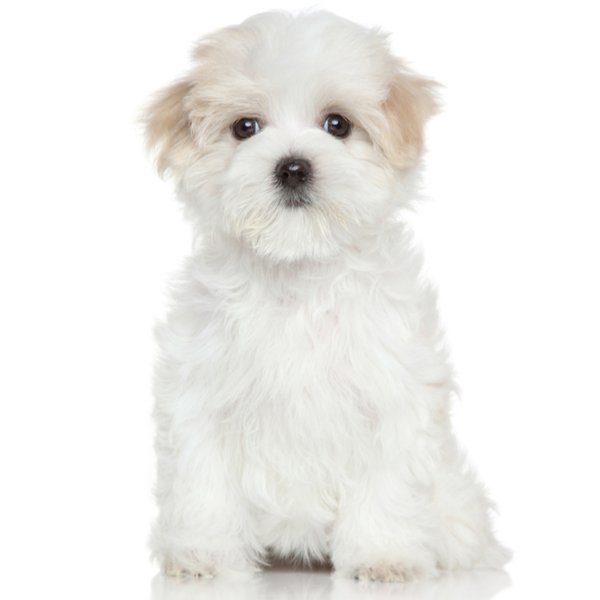

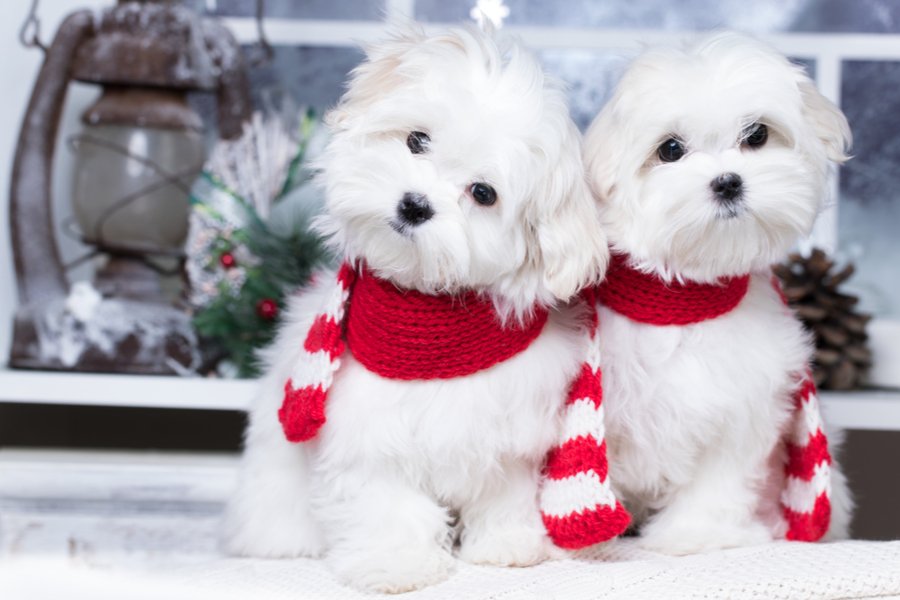


Maltese dogs have been the aristocrat of the canine world for at least 29 centuries. It’s thought that this dog breed originated in Malta, a civilization that was famed for its elegance and wealth. However, the exact history of this breed is shrouded in mystery. They are thought to be an incredibly ancient breed because of the existence of numerous terracotta figurines of these dogs that date back to 600BC.
Some historians claim the dogs could have potentially originated in the Alps, Egypt, or even Ancient Greece. Although, the Maltese remain adamant that the breed is indigenous to their island. What we do know, is that the Greeks erected tombs for their Maltese and, from the 5th century onwards, these attractive dogs were epitomized in Greek ceramic art. Archaeological evidence also shows that Malteses were owned by the Egyptians, who may have adored and worshipped them. However, it wasn’t until the time of the Romans that these dogs finally solidified themselves as fashion statements and status symbols. A Noblewoman was not considered to be fully dressed if she wasn’t carrying a ‘Roman Ladies Dog’!
A Maltese named Issa was owned by Publius, the Roman governor of Malta, in the 1st century. This Maltese became so popular that she inspired a poem of the same name:
"Issa is more frolicsome than Catulla’s sparrow. Issa is purer than a dove's kiss. Issa is gentler than a maiden. Issa is more precious than Indian gems."
Many other famous scholars and authors, including Strabo and Pliny, the Elder, also wrote of the beauty, sophistication, and charm of the Maltese dog.
Maltese history shows that these dogs made their way to England in the 1500s, where they became luxurious companion dogs for Queens and other people of stature.
During the 1600s, records show that these dogs became notably smaller in size. This led experts to believe that they were being crossed with light-coloured poodles and miniature spaniels. However, this has not been confirmed. In 1792, the well-known botanist Linnaeus referred to Maltese as "about the size of squirrels."
In 1862, a strain of Maltese dog was accepted as a distinct class at the Agricultural Hall Show in Islington, UK. The breeder, R. Mandeville, scooped up first prize and continued to do so for years after.
The first Maltese dog shown at Westminster's first dog show in the United States was white and listed as a "Maltese lion dog" in 1877. In 1888, The American Kennel Club registered the Maltese.
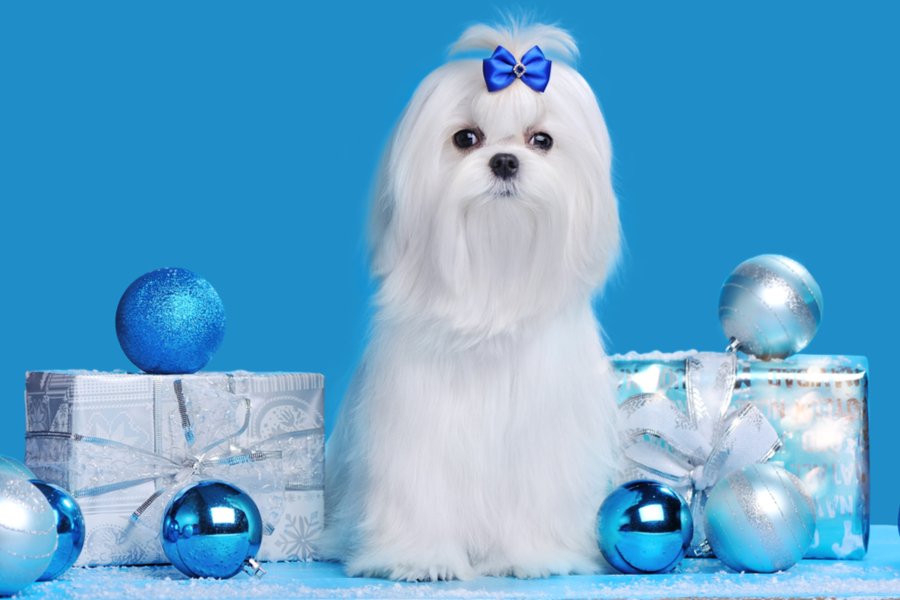
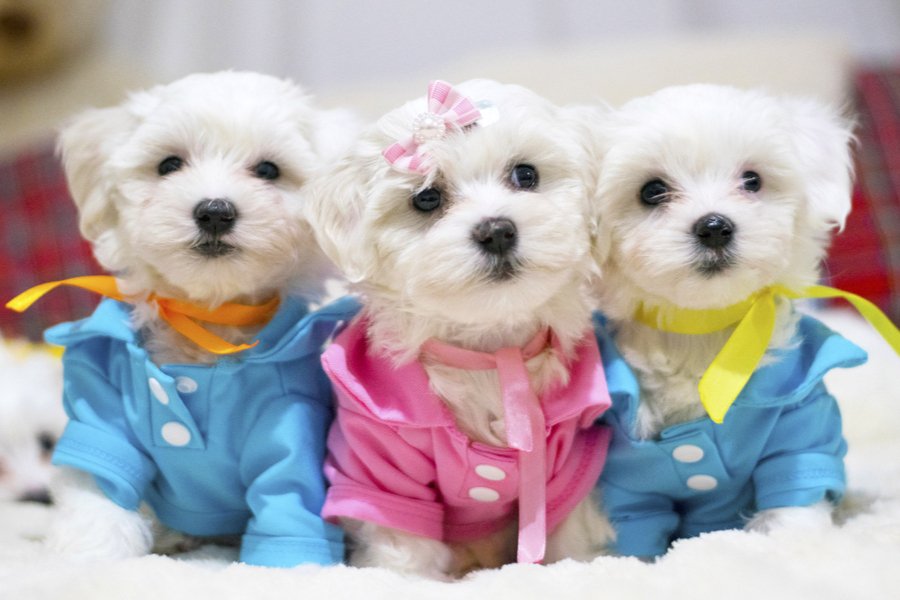
These pure white dogs can sometimes have a lemon-coloured tinge to their long, luxurious coats which is accepted under the breed standard. However, no other coat colours are permissible. These dogs also lack an undercoat which makes them a good option for allergy sufferers.
Their heads are fairly rounded but not domed, with wide muzzles and black noses. Their oval-shaped eyes are dark brown in colour with black rims that just add to their charming appearance. They also have strong jaws with a perfect scissor bite.
These regal-looking dogs have long, well-feathered triangular ears that hang close to their head, so the coat blends in their shoulders. Maltese have short, straight legs and well-sloped shoulders which adds to their well-balanced look.
Maltese dogs have compact and short bodies with well-sprung rib cages and level backs from their withers to their tails. They have short, well-angulated back legs and round feet with black paw pads. Their heavy-feathered tails are set high and arch over their short backs.
Maltese dogs have a fairly long coat, but its length does not affect their movement or sight. Their coats are silky and perfectly straight, which gives the impression that they are almost floating across the ground with a smooth, even gait.
The Maltese breed is affectionate, responsive, and lively. They are also highly intelligent, so they quickly learn how to please their human companions and their families. Despite their small size, Maltese dogs are known to be fearless however, they can be somewhat defensive around strangers.
These dogs are very affectionate and thrive on human companionship. Because of this, it’s not a good idea to leave them alone for long periods of time. They are known to suffer from separation anxiety, leading to the development of unwanted behaviours such as barking, howling, scratching at doors or floors, and even chewing on furniture. Maltese dogs are ideal for those who work from home or a home with at least one person to accompany this affectionate dog.
As they grow older, Maltese’s energy levels continue to stay high, and they remain playful throughout their lives. They are also known to be very adaptable and versatile. They can be happy living in an apartment in the city or a home with a garden in the country. Just make sure to give them enough attention, daily exercise and mental stimulation. When out on walks, it may be a good idea to keep these dogs on a leash because they can be viewed as ‘fun toys’ for larger dogs. Similarly, you should regularly check your yard for any holes in the fence as these small dogs can easily slip through small gaps.
It’s worth noting that this dog breed is known to be fond of the sound of its own voice. So, you should train your Maltese from a young age to curb their need to bark. Make sure to do this cautiously because if you scare them while training, they tend to bark even more. Remember, Maltese thrive on having their human companions around them. So, if left alone for long periods of time, they may bark relentlessly.
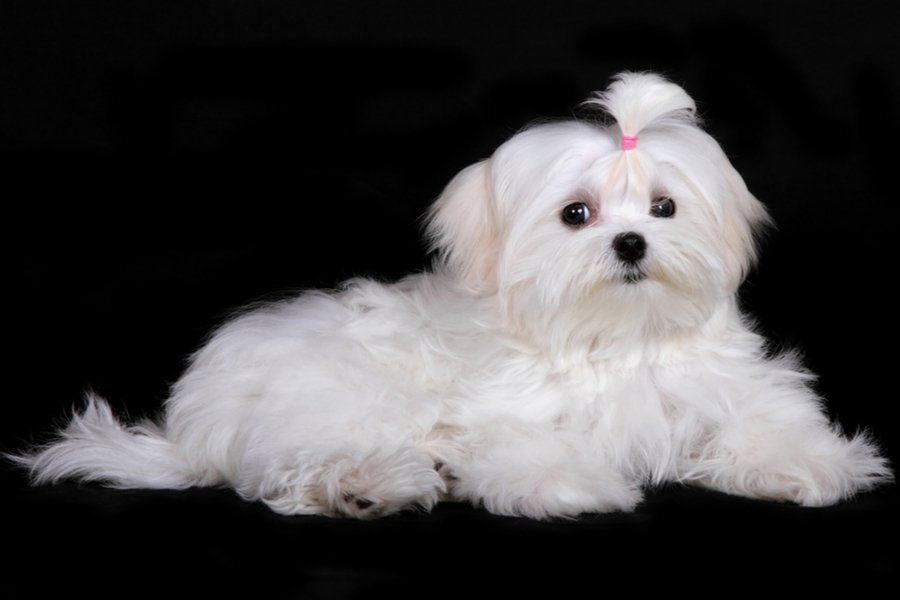
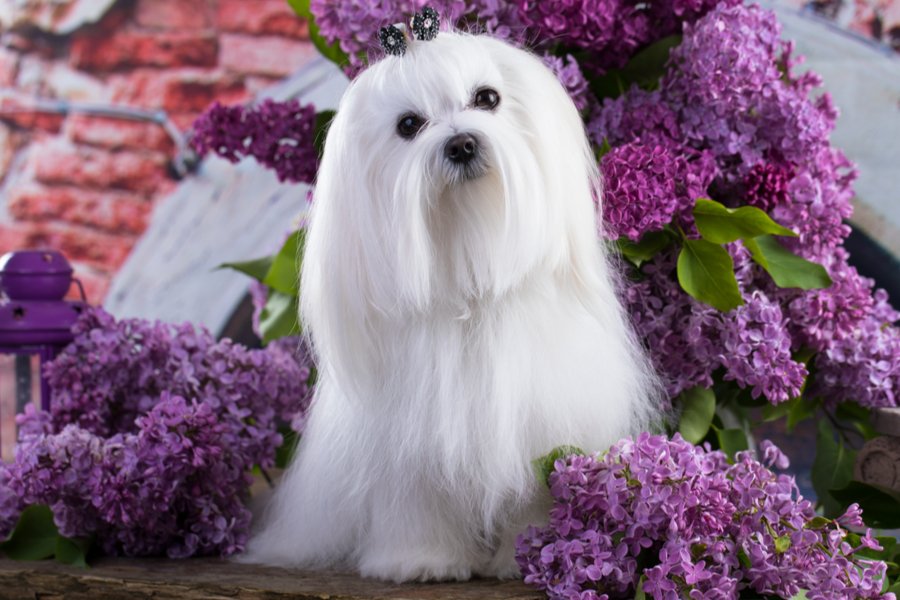
Maltese are very bright which makes them relatively easy to train. However, they will also have no issue taking advantage of their owners if they lack continuous training! They are very athletic which makes them an excellent choice as competitive companions in canine sports such as agility or obedience. Maltese can be persistent and determined, but they also respond well to positive and encouraging training methods.
Remember that these dogs have a habit of testing their trainer's boundaries and limits, resulting in disobedience. This can make them challenging to manage and handle if you are not strict with training.
Like many dog breeds, their training and socialization must start at puppyhood to ensure they become well-behaved and well-rounded adults. The key to effectively training a Maltese is consistency and boundary-setting. Make sure to be firm but gentle at the same time. Lastly, it’s worth noting that some of these little dogs can be challenging to housetrain compared to other breeds. But don’t worry, with consistent care, patience and understanding, Maltese can be trained not to be rowdy inside the house and to do their bathroom business outside.
Maltese’s long, white coats are striking and glorious. They require gentle daily brushing and combing to prevent tangles and mats. These dogs should also have regular baths and coat conditioning to keep the hair looking healthy.
This dog breed has fairly fast-growing nails, so they must be trimmed regularly. Long nails can lead to difficulty walking and even pain.
In addition to grooming and nail-trimming, you should check their ears weekly and remove any excess hair, wax, or debris. Like most dogs, they are also susceptible to developing dental disease as they get older. So, their teeth must be brushed frequently. Preferably each time their coat is brushed. If your Maltese has unnecessary tear-staining around their eyes, a visit to their vet to identify its possible cause is recommended.
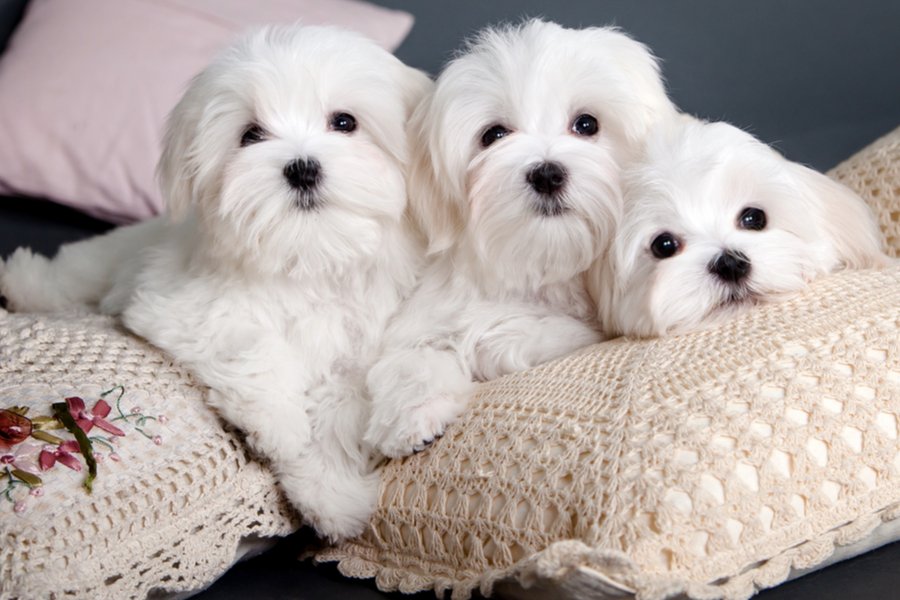
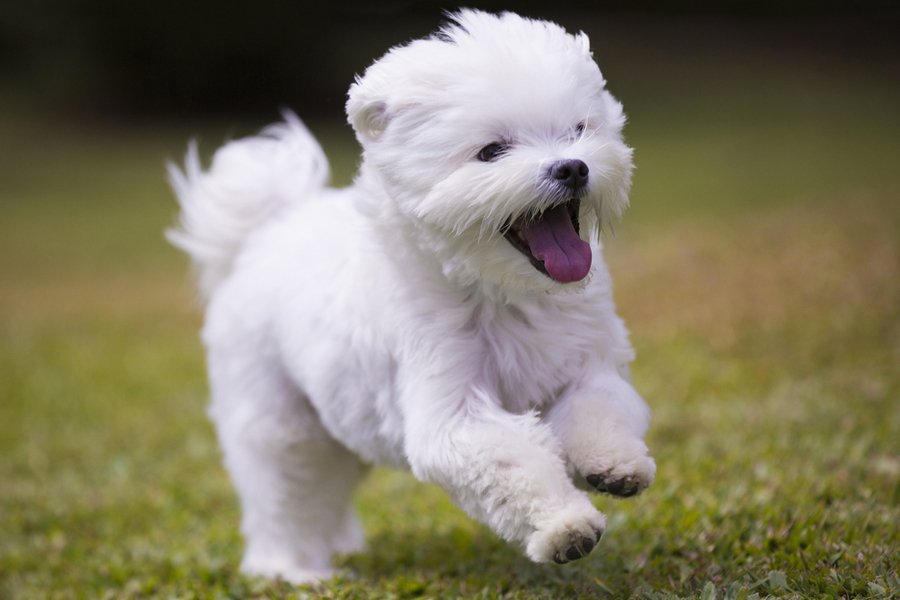
The Maltese is a relatively healthy dog breed. However, they are prone to specific health conditions. As with all dogs, you should purchase your Maltese puppy from a reputable breeder to ensure they have been well cared for and socialised. They will also be able to perform genetic testing on your pup to ensure there are no underlying health issues present.
Some of the more common health conditions seen in Maltese dogs include:
The majority of Maltese breeders will not sell puppies to families with young kids as it is too easy for a young child to injure or harm a tiny Maltese because of their fragile bone structure. Maltese dogs do much better in a household with gentle and calm older children or with adults who will treat them with the love, attention, and care they need.
If this dog breed is socialised at an early age, they can get along with other dogs and cats. However, these fearless canines are unaware of their tiny size so they may need protection from taking on other dogs much bigger than them! Maltese dogs are very fragile so always take this into consideration when purchasing a new puppy.
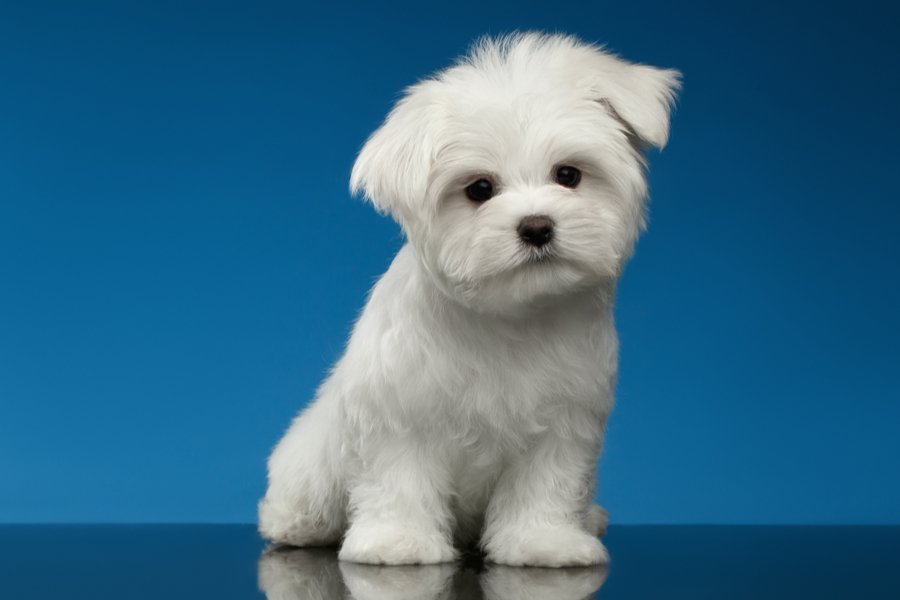
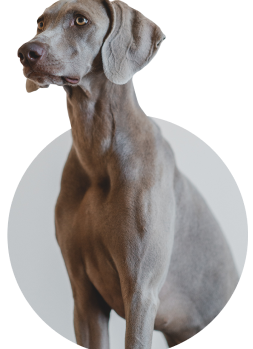
We can connect you with Breeders that are specialized in this particular breed.
See available puppies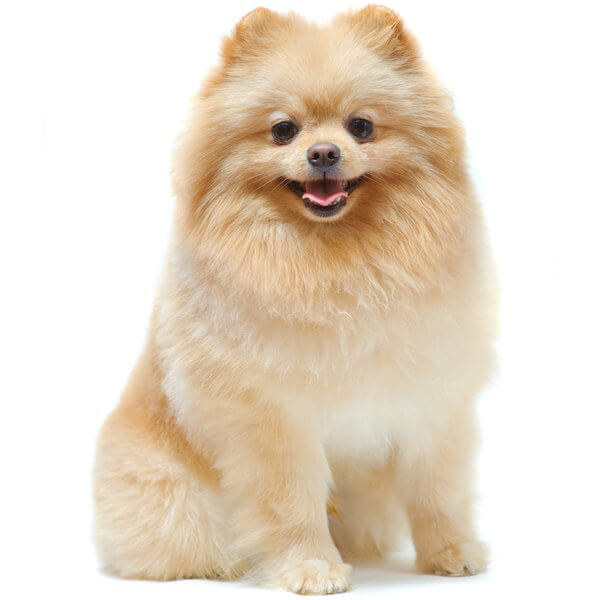
Germany
Size : Small
Coat : Long
Registration : KC, FCI, AKC
Exercise : 30 minutes
Training : Medium
Grooming : Twice a Week
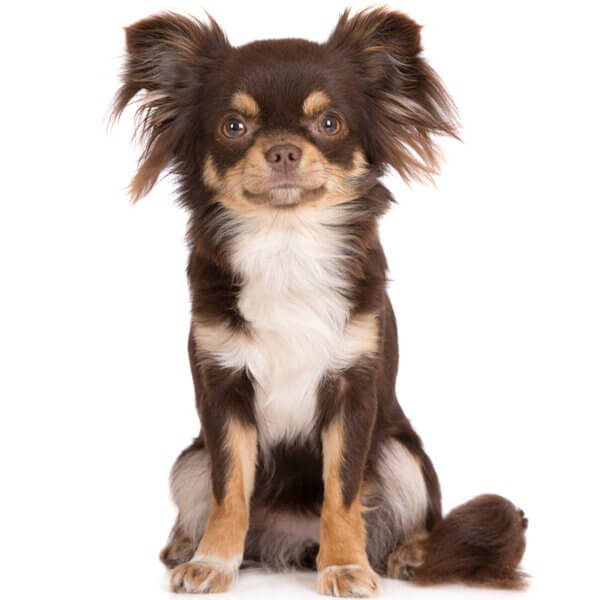
Mexico
Size : Small
Coat : Long
Registration : KC, FCI, AKC
Exercise : 30 minutes
Training : Easy
Grooming : Twice a Week
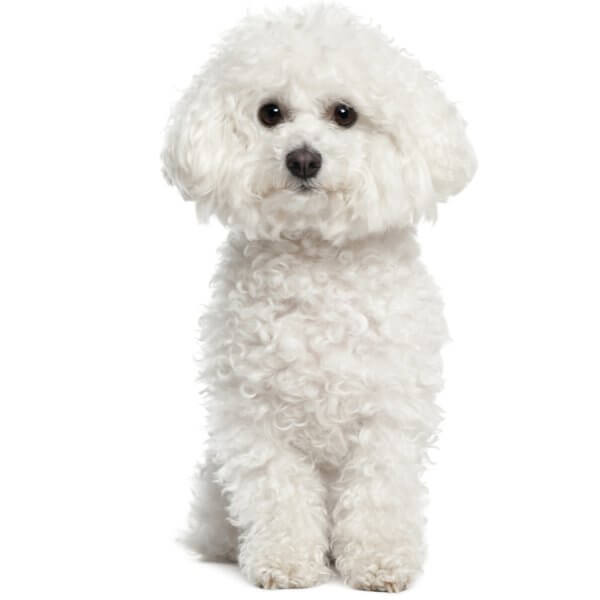
Spain
Size : Small
Coat : Long
Registration : KC, FCI, AKC
Exercise : 30 minutes
Training : Medium
Grooming : Twice a Week
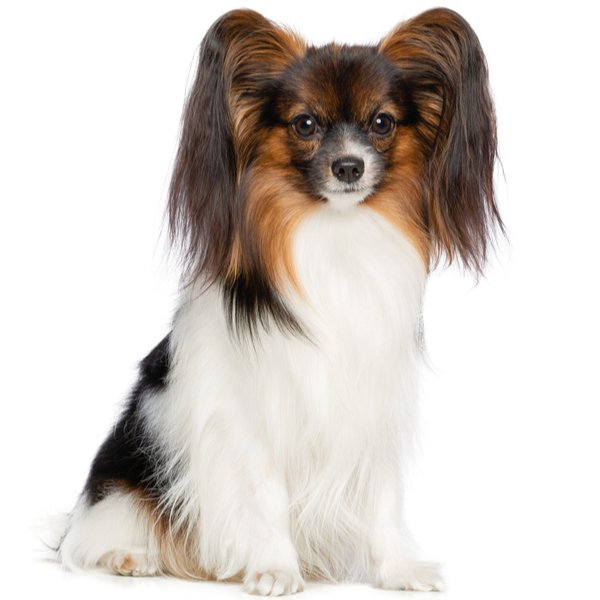
France
Size : Small
Coat : Long
Registration : KC, FCI, AKC
Exercise : 30 minutes
Training : Easy
Grooming : Once a Week


Need some advice?
Whether you're a first time pet owner, an experienced pet owner, a new or long-time breeder, or just curious about pets, we've got you covered!
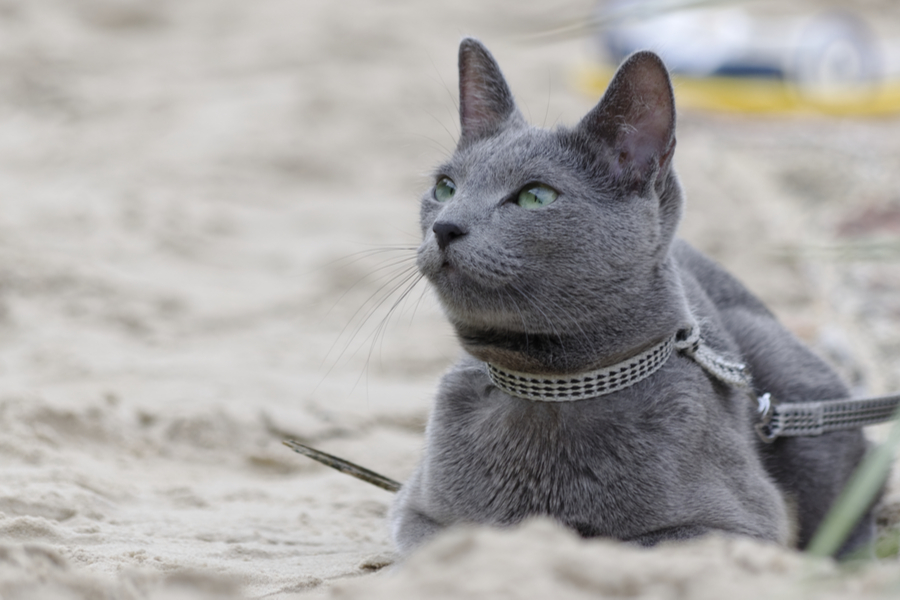
January 17, 2024
What Is The Personality Of Russian Blue Cats?
Russian Blue cats are most known for their distinctive shimmery blue-silver coat and piercing green eyes. However, this breed’s calm and gentle temperament is what makes them shine the most in the feline world.
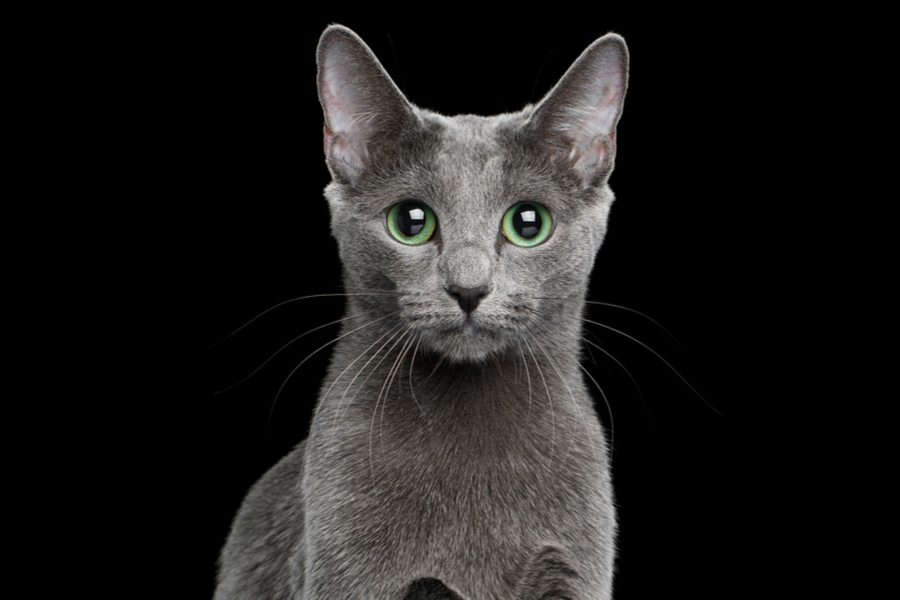
January 17, 2024
10 Facts About Russian Blue Cat Breed
Russian Blues are one of the most aesthetically stunning cat breeds, with a gorgeous plush silvery coat and vibrant green eyes. However, it’s not only their appearance that is beautiful; their nature is too.
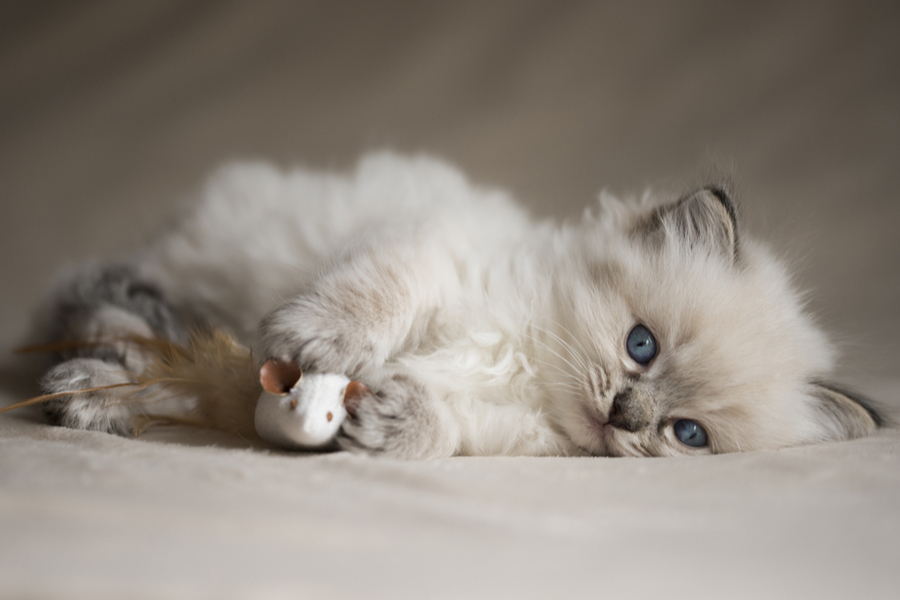
January 17, 2024
How To Choose The Right Cat Breed for You
Cats can make the most fantastic animal companions; they are adorable, friendly, and loving. However, not all felines are created equal. There are many different breeds, of which each has its unique personality traits.
Need some help?
Contact us to speak to our friendly advisor, who will gladly help you find your dream pet!



We are registered in England and Wales under registration number 12568840,
and our registered office is at 58-60 Kensington Church Street, W8 4DB London, England.
© 2023 The Pedigree Paws